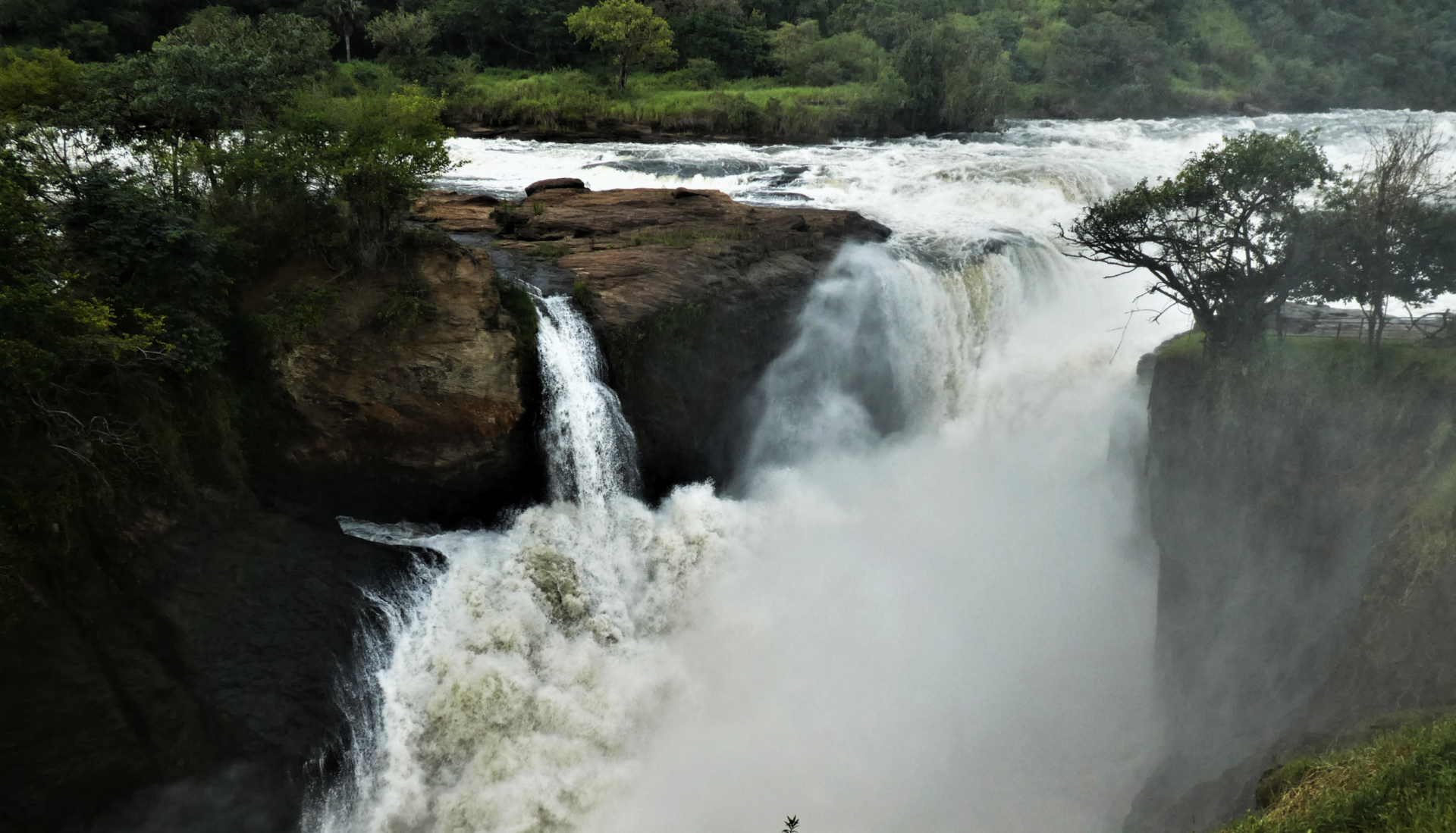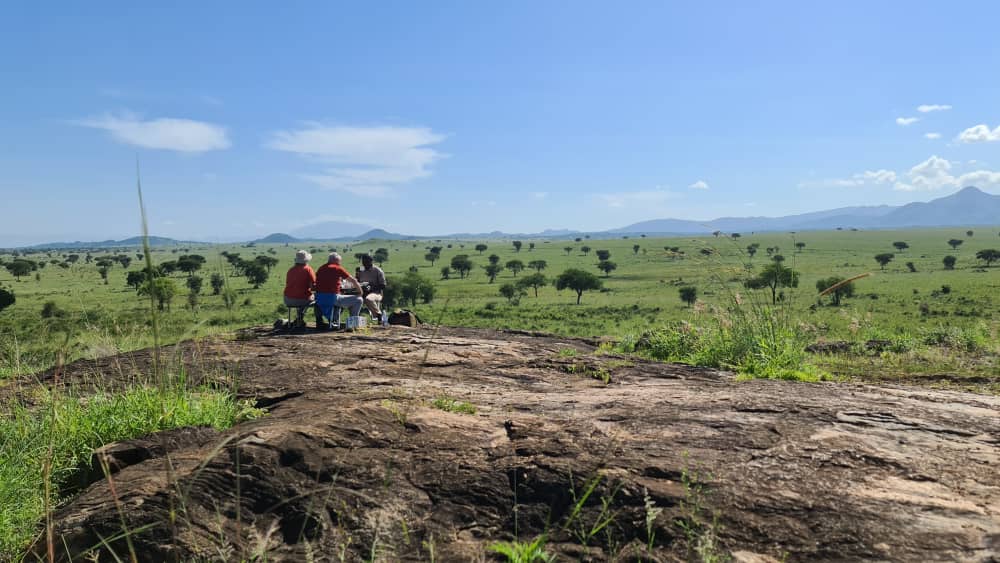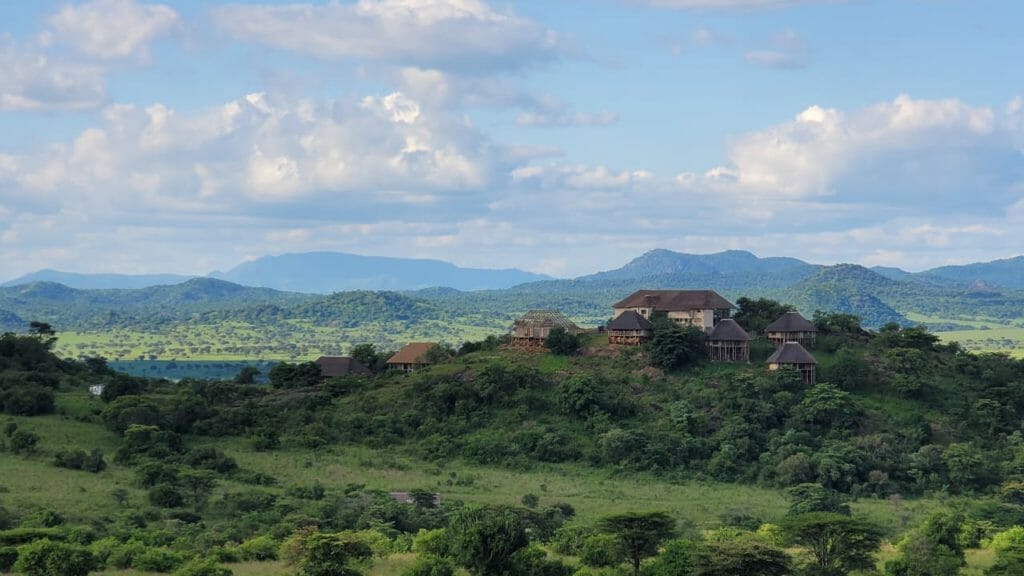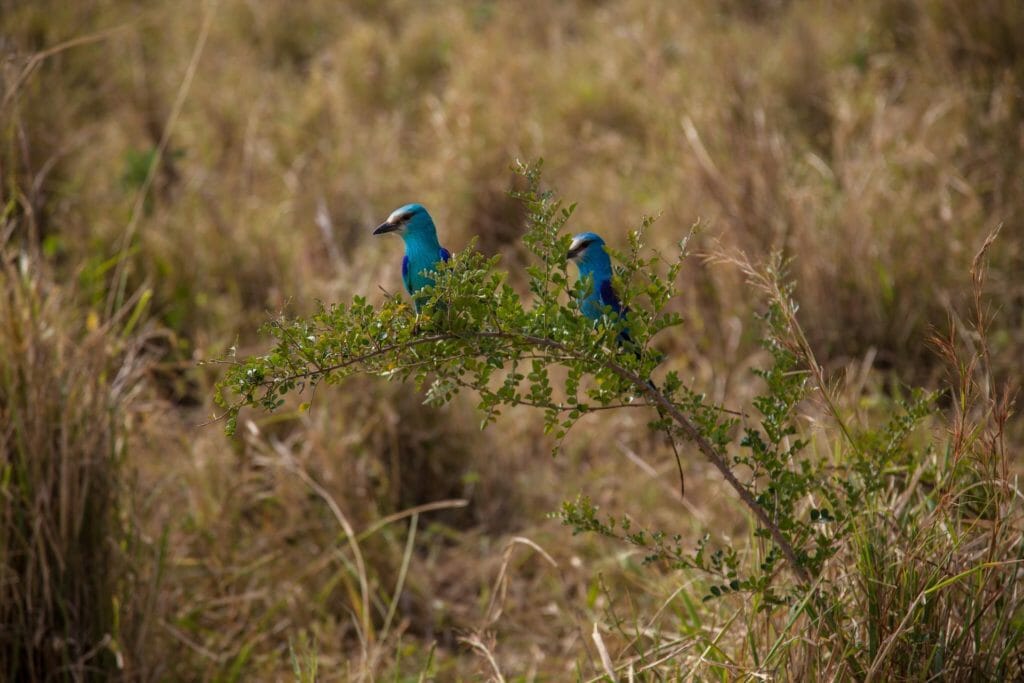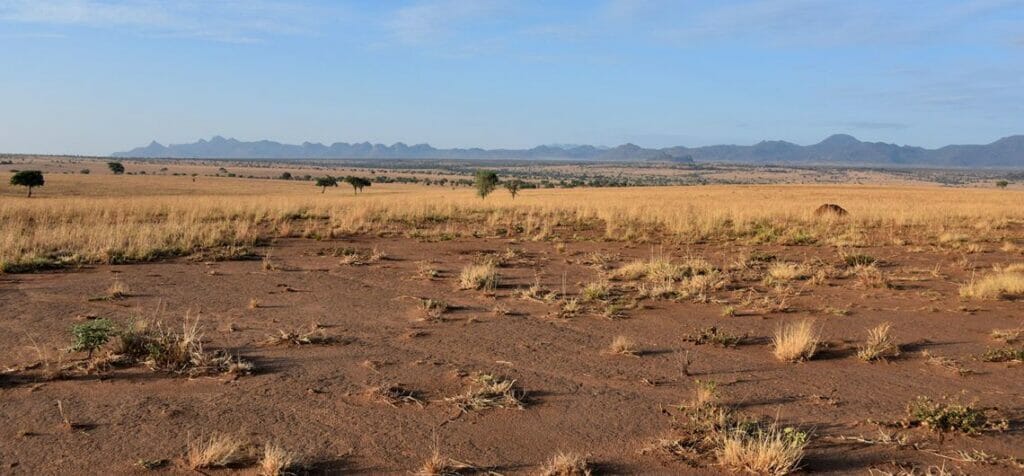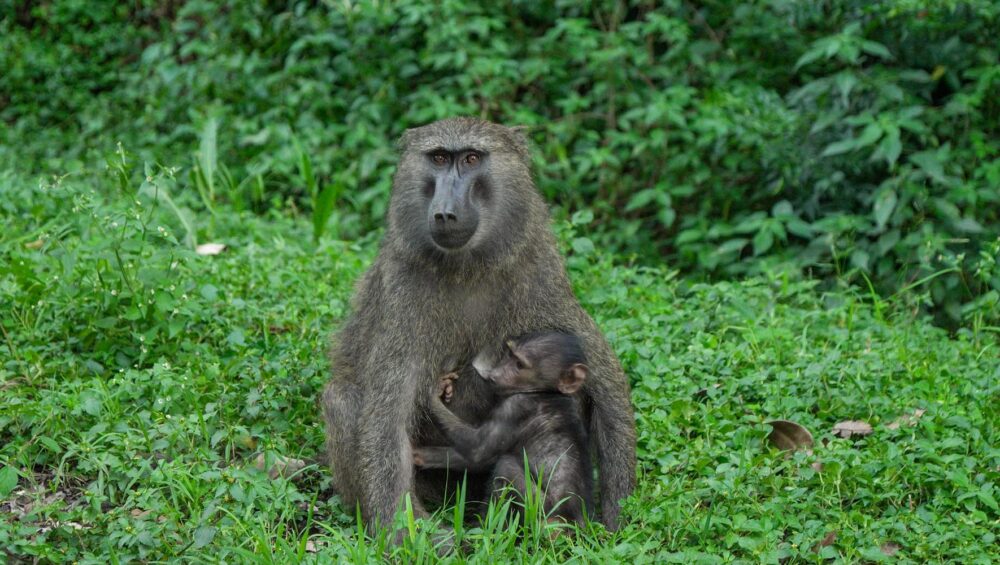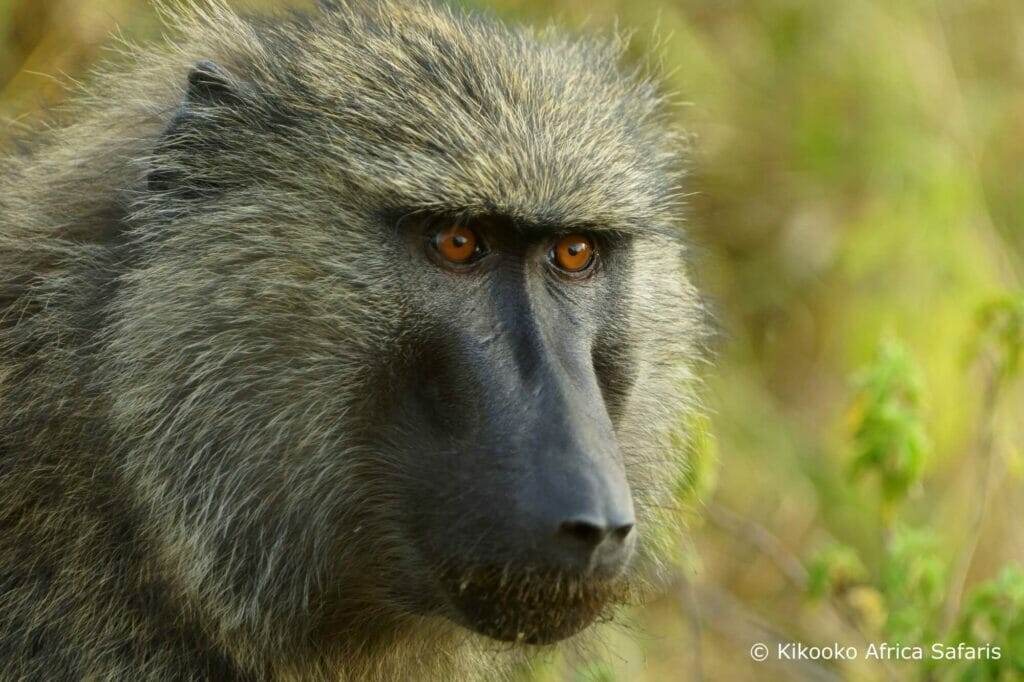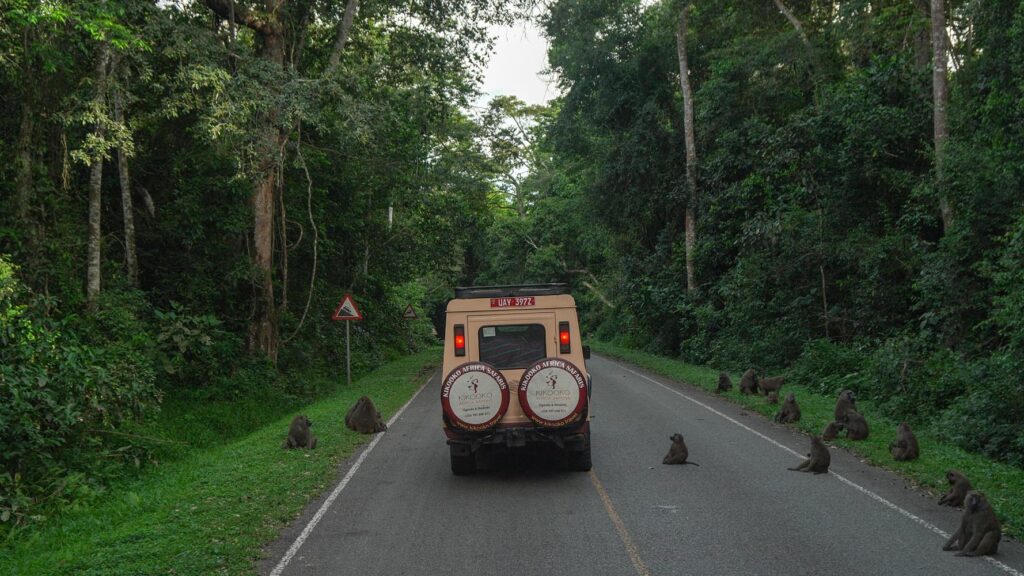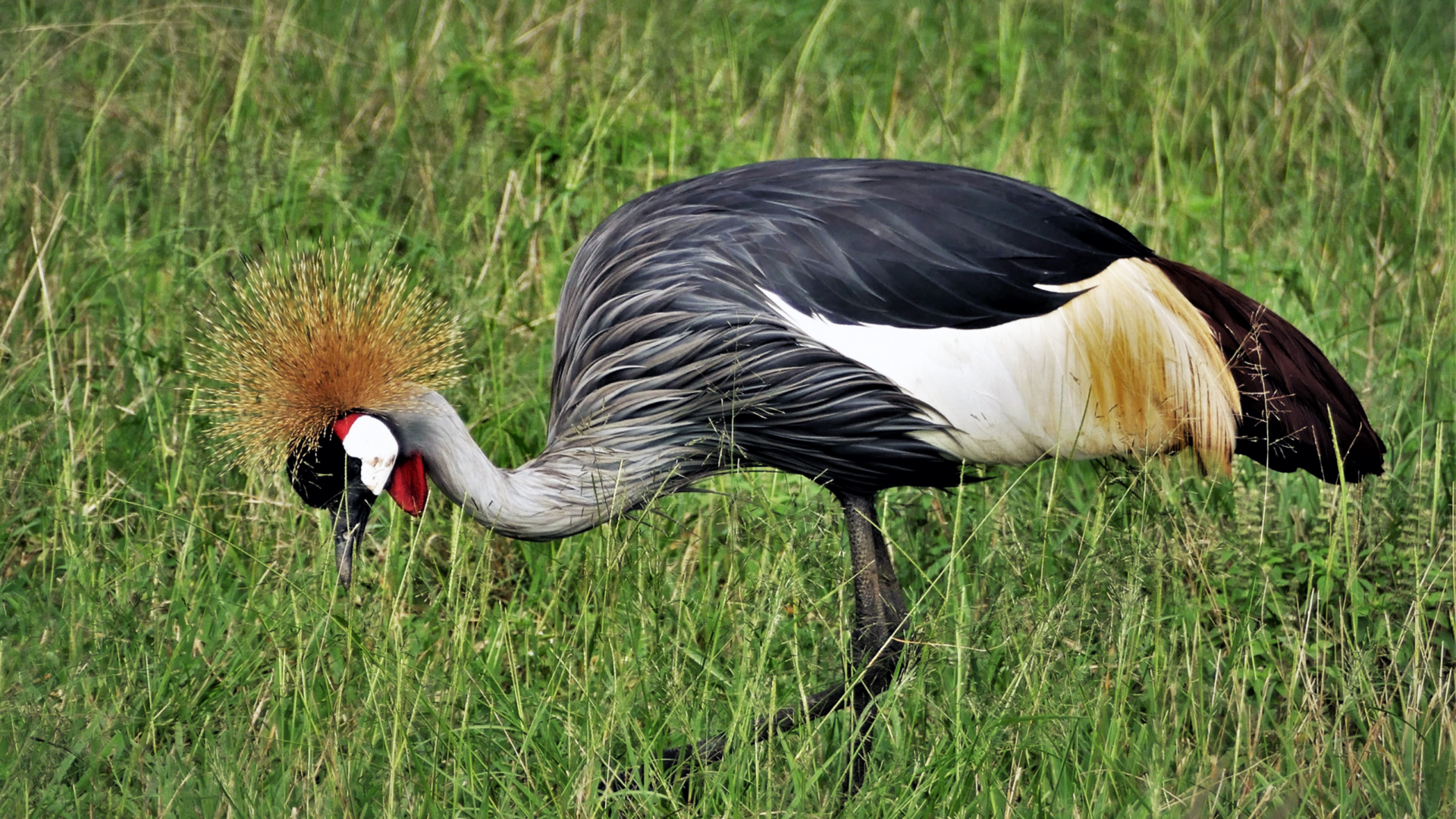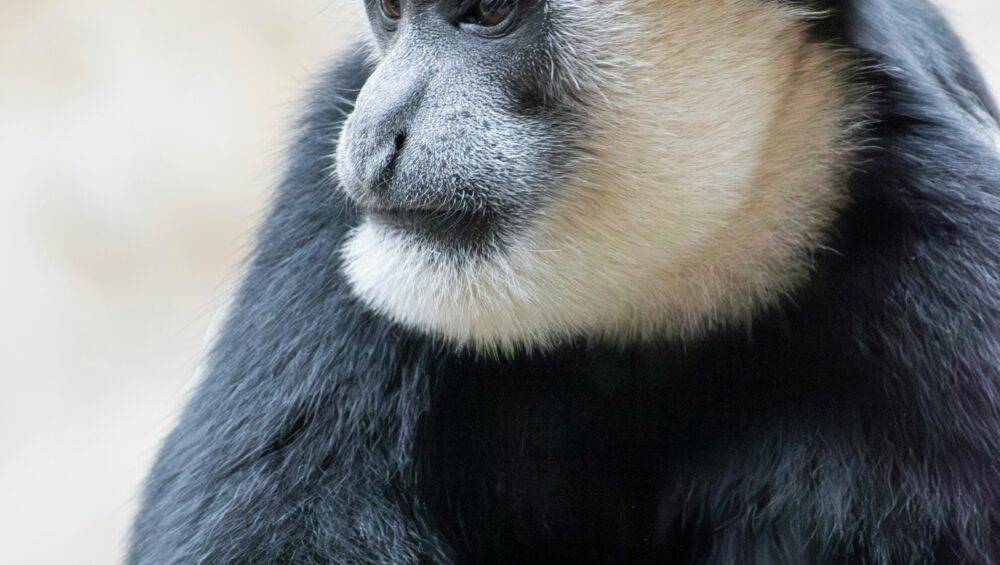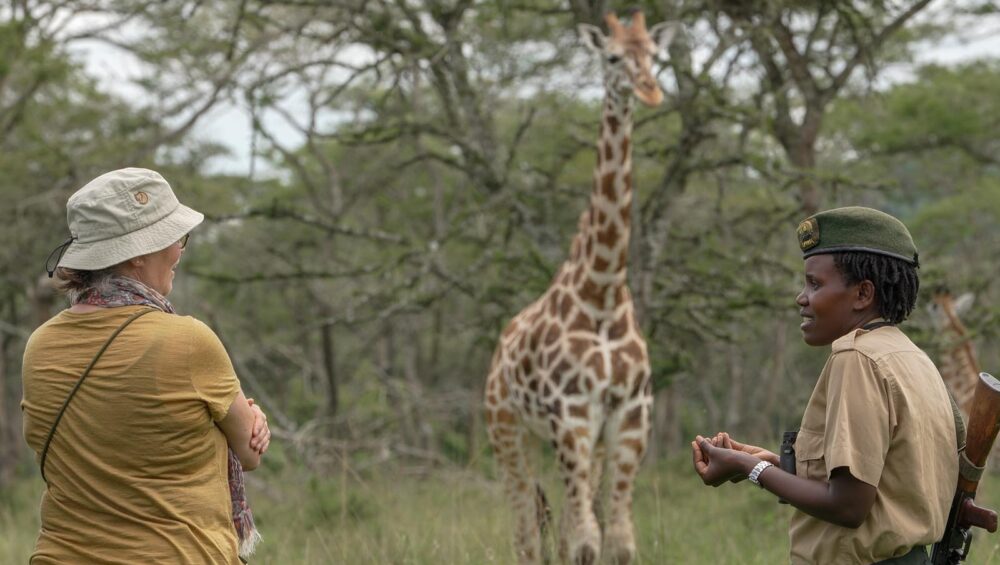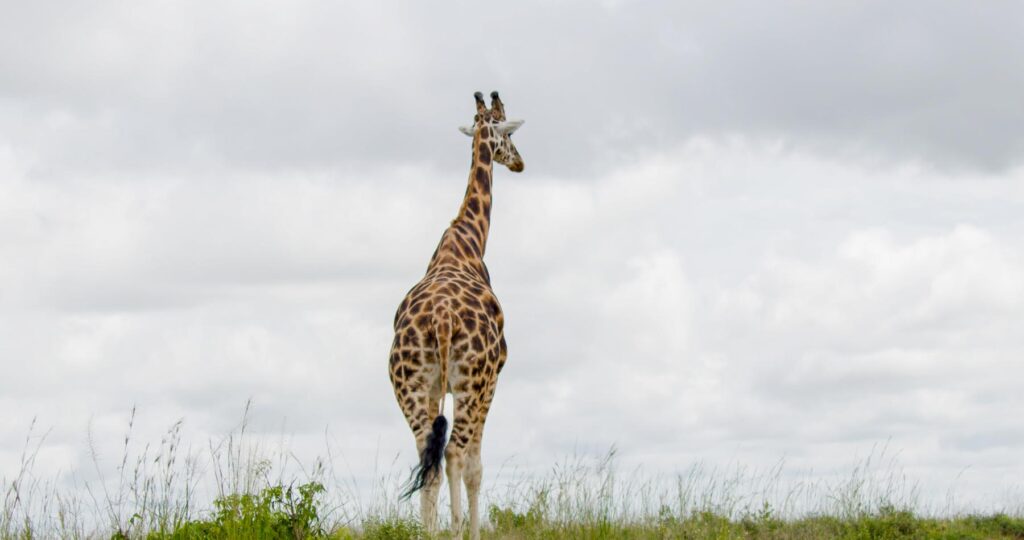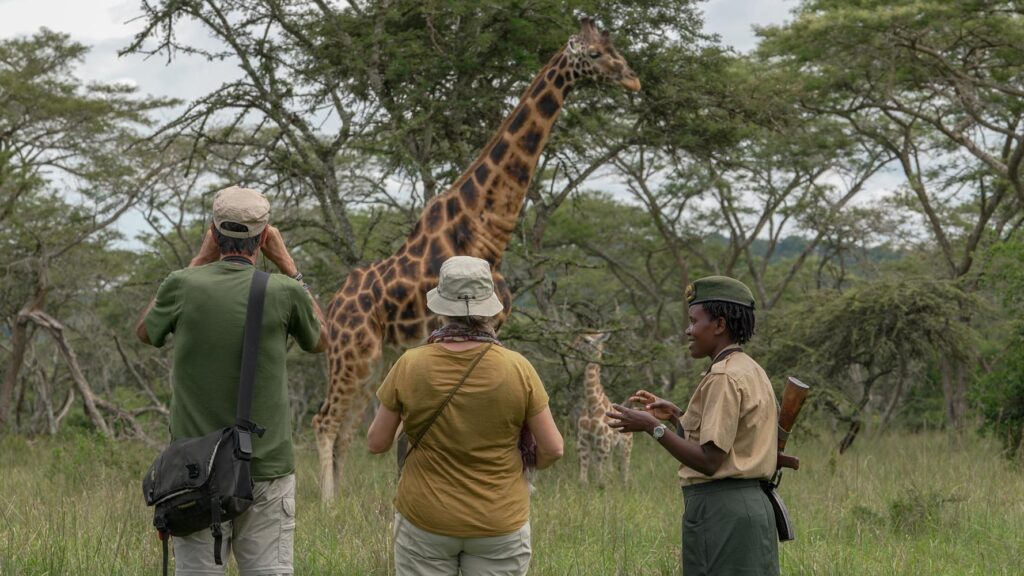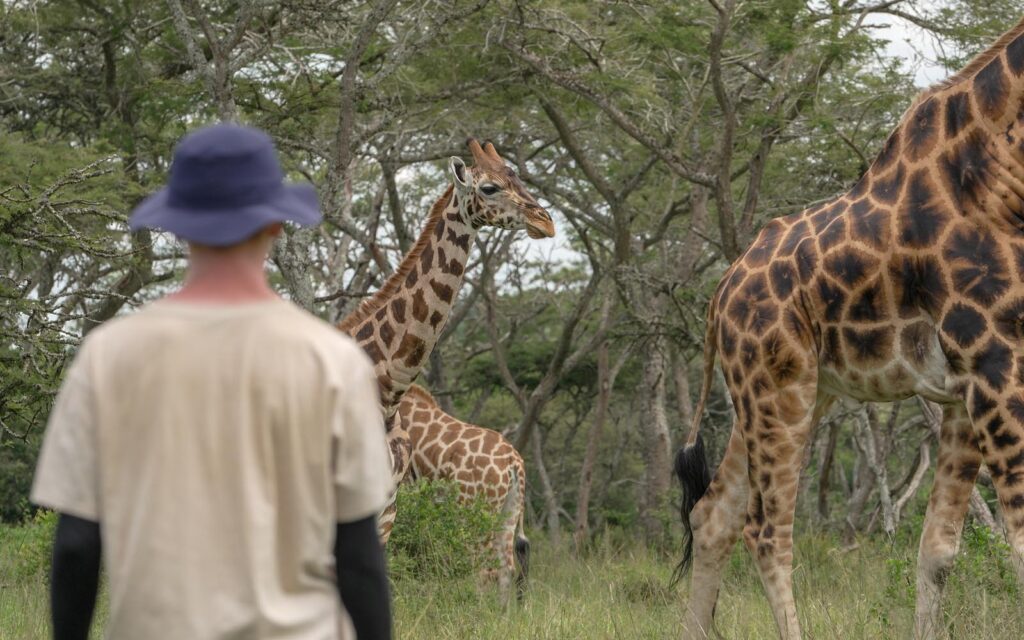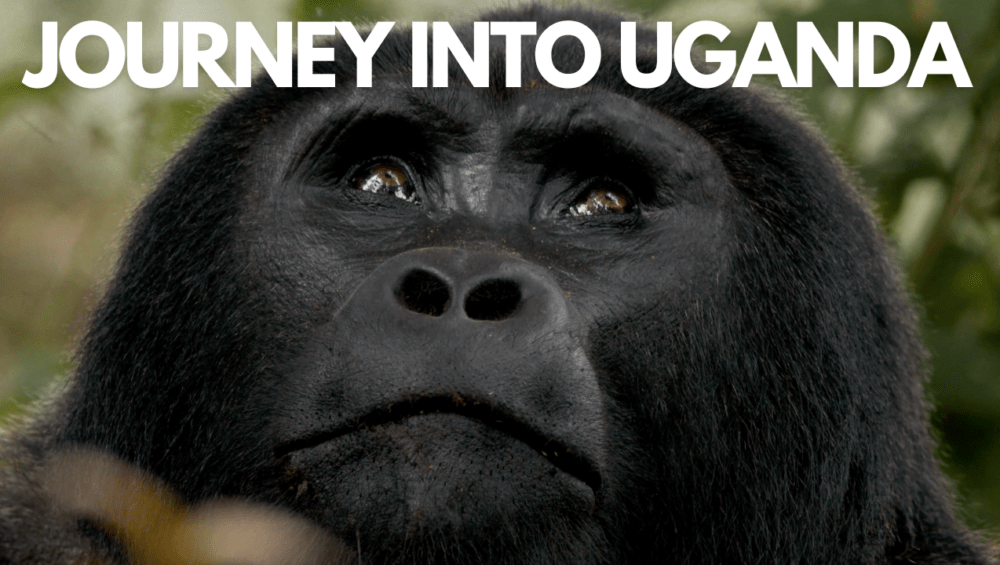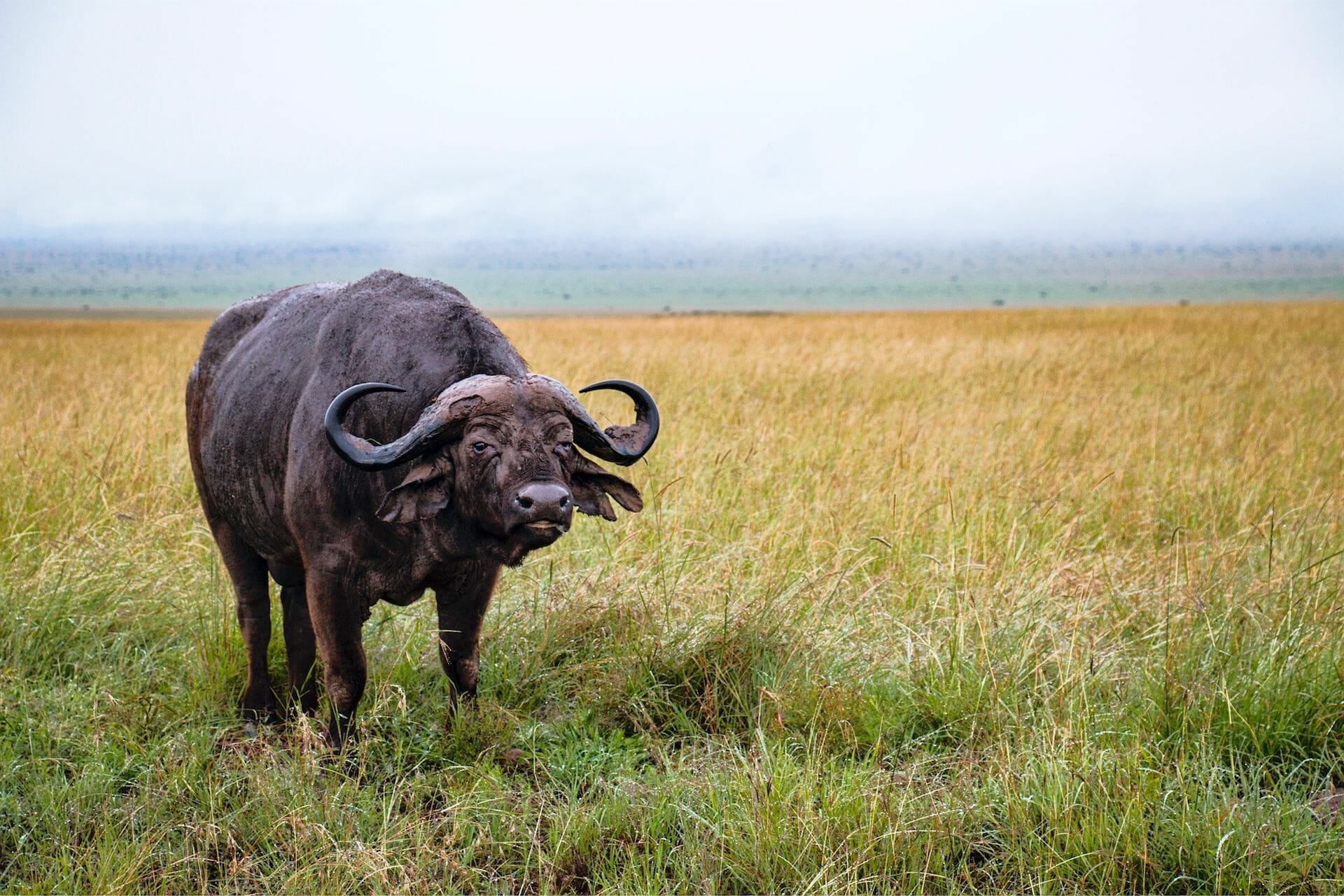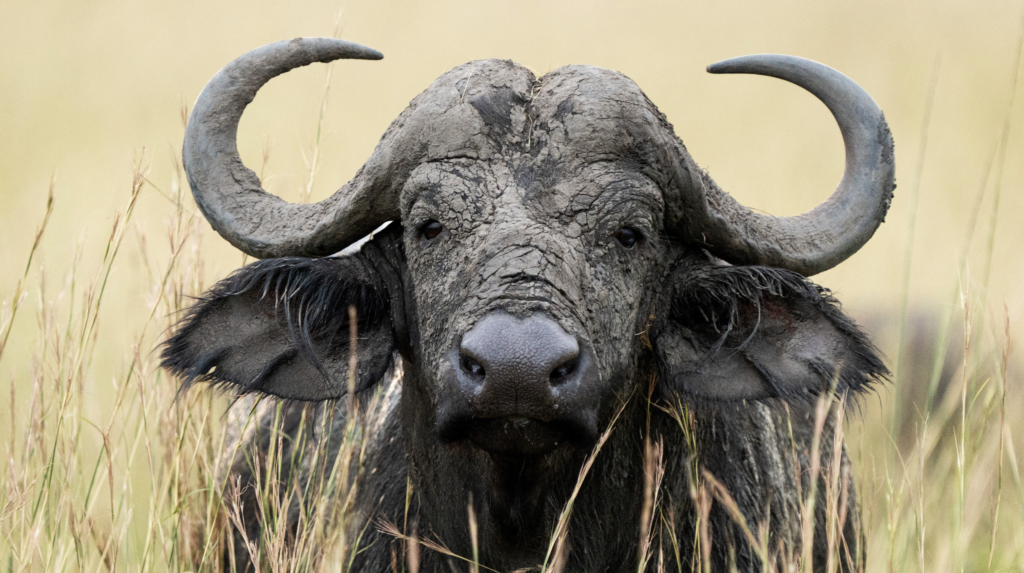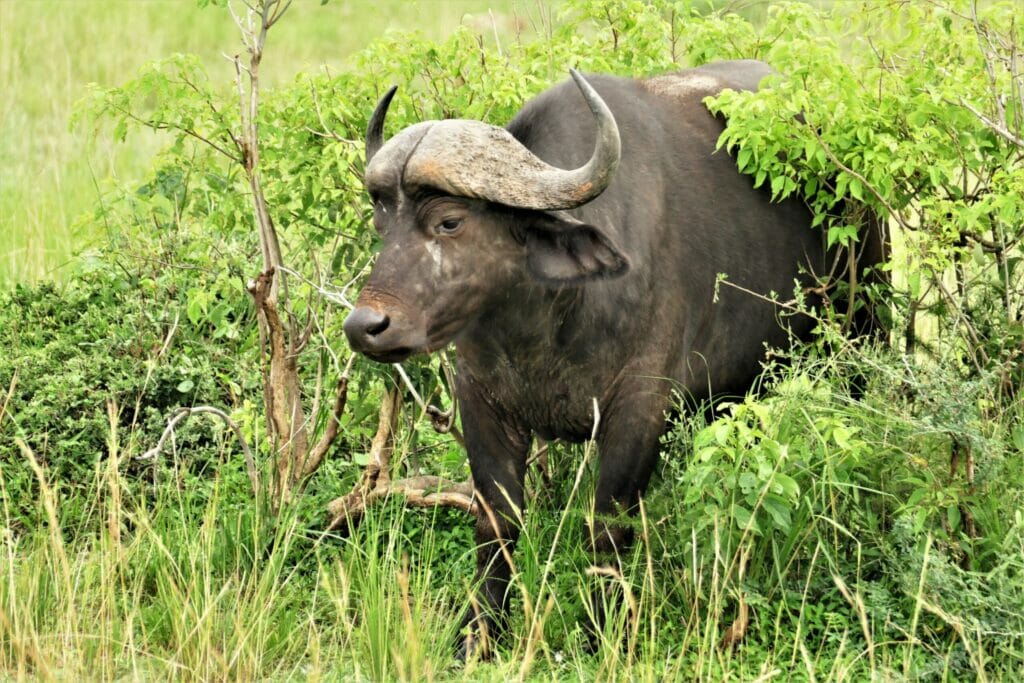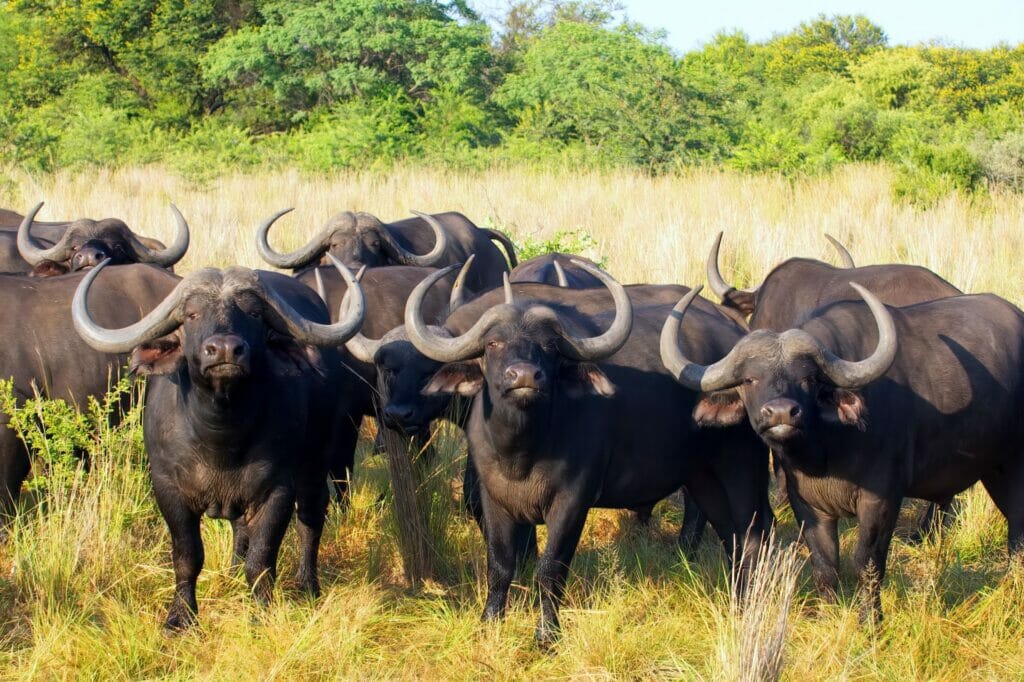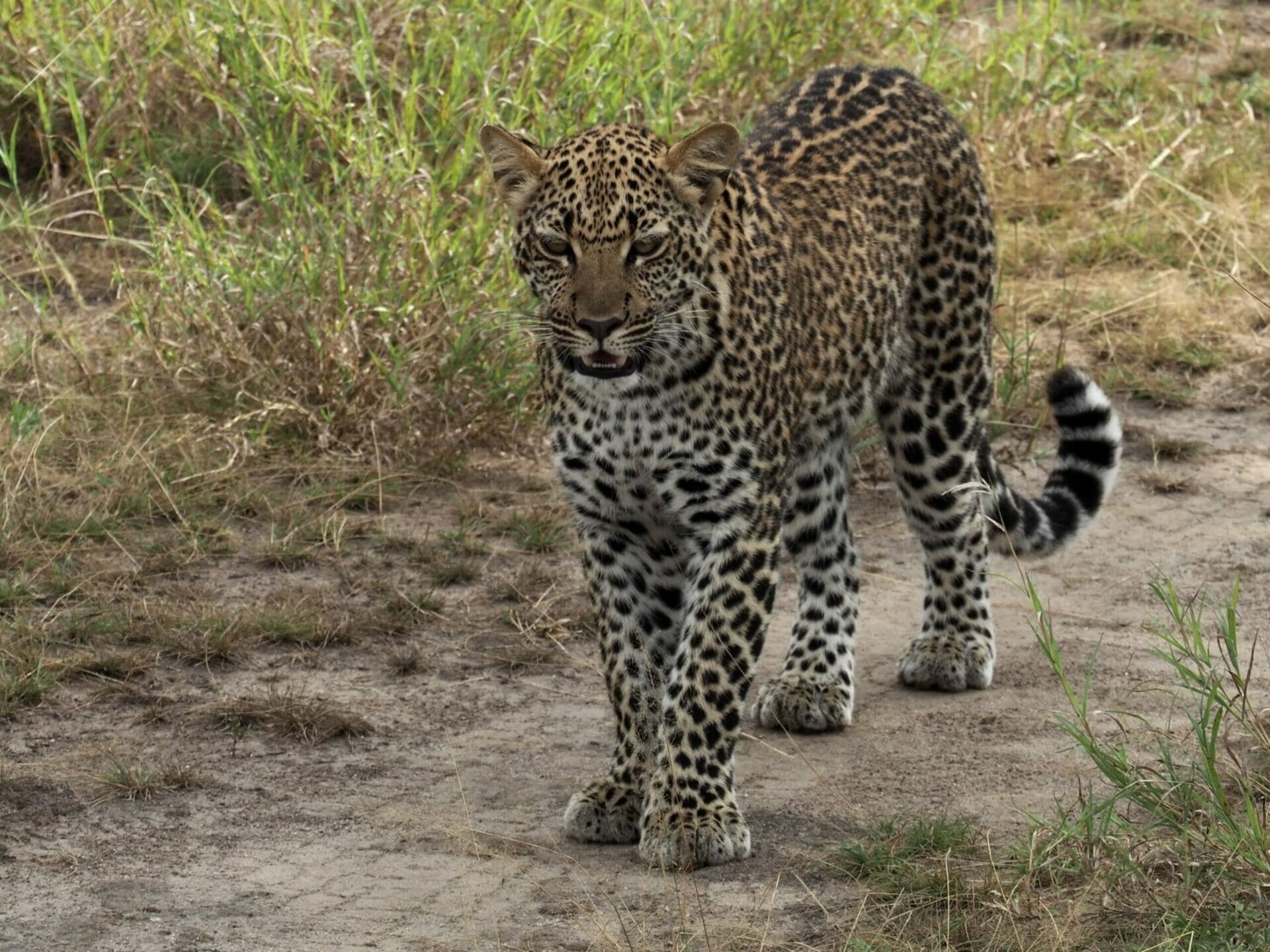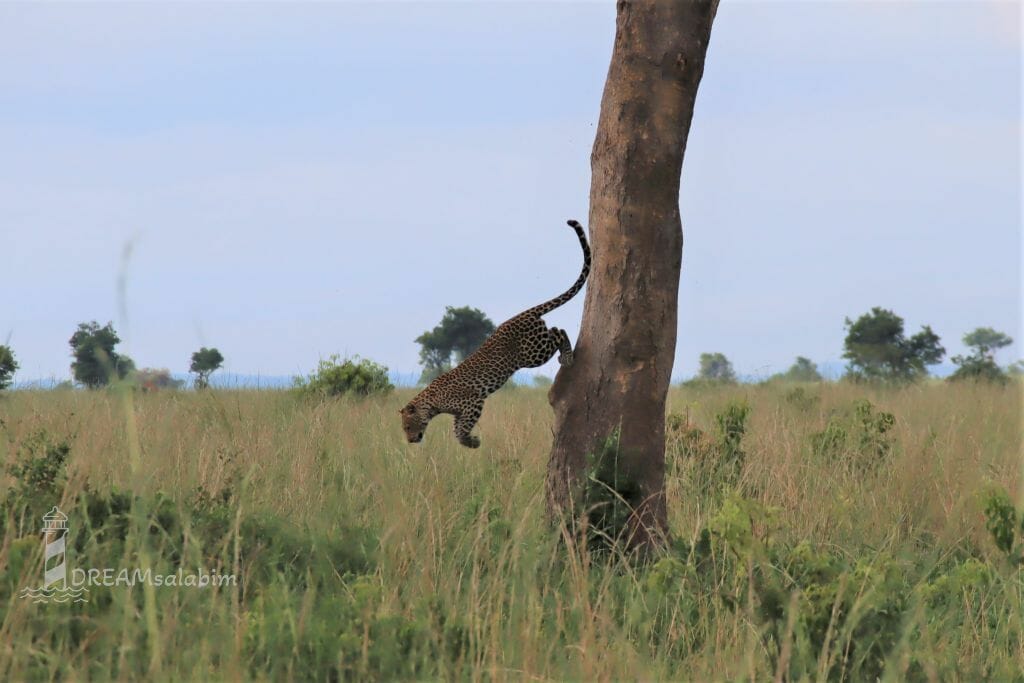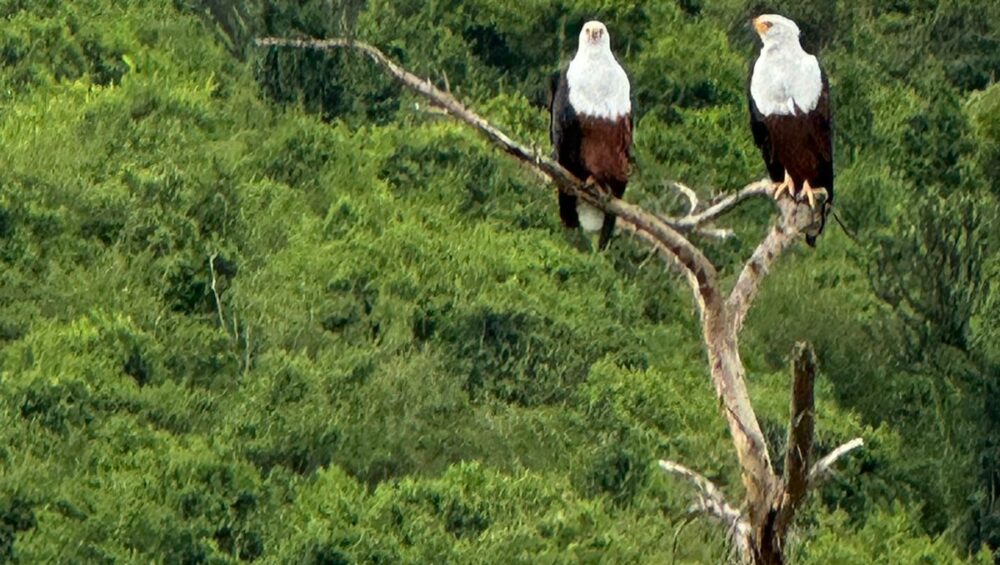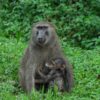Explorer’s Guide to Murchison Falls National Park
Nestled in the heart of Uganda, Murchison Falls National Park is a true gem waiting to be explored by adventurous souls and nature enthusiasts. This explorer’s paradise offers a blend of breathtaking landscapes, diverse wildlife, and unique experiences that promise to leave a lasting impression on all who visit.
Join us on a journey through this magnificent park as we uncover the wonders that await at Murchison Falls National Park.
Introduction to Murchison Falls National Park
Murchison Falls National Park is one of Uganda’s most iconic and renowned national parks, covering an expansive area of approximately 3,840 square kilometers. Located in the northwestern part of the country, it is bisected by the mighty Nile River, offering a stunning backdrop of pristine wilderness and natural wonders.
The park’s history dates back to 1952 when it was established as a game reserve. Later, in 1954, it was designated as a national park, making it Uganda’s oldest and largest protected area. Murchison Falls National Park is named after the dramatic Murchison Falls, where the Nile River, as it flows through a narrow gorge, plunges down a 43-meter cascade before continuing its journey towards Lake Albert.
The park is renowned for its diverse ecosystems, ranging from savannah plains to dense forests, providing a habitat for a vast array of wildlife species. It is home to the famous “Big Five” – lions, elephants, leopards, buffalos, and rhinos (although rhinos are currently being reintroduced). Additionally, Murchison Falls National Park boasts an impressive population of giraffes, zebras, antelopes, crocodiles, hippos, and numerous bird species.
Visitors to Murchison Falls National Park can expect unparalleled opportunities for wildlife encounters, exhilarating game drives, boat safaris on the Nile, immersive nature walks, and breathtaking views of the falls themselves. The park’s rich biodiversity and stunning landscapes make it a must-visit destination for nature lovers and adventure seekers alike.
Whether you are a seasoned safari-goer or embarking on your first African wilderness experience, Murchison Falls National Park promises an unforgettable journey into the heart of untamed beauty and wildlife. So pack your bags, grab your camera, and get ready to embark on an extraordinary adventure in one of Uganda’s most captivating natural wonders.
The Magnificent Murchison Falls
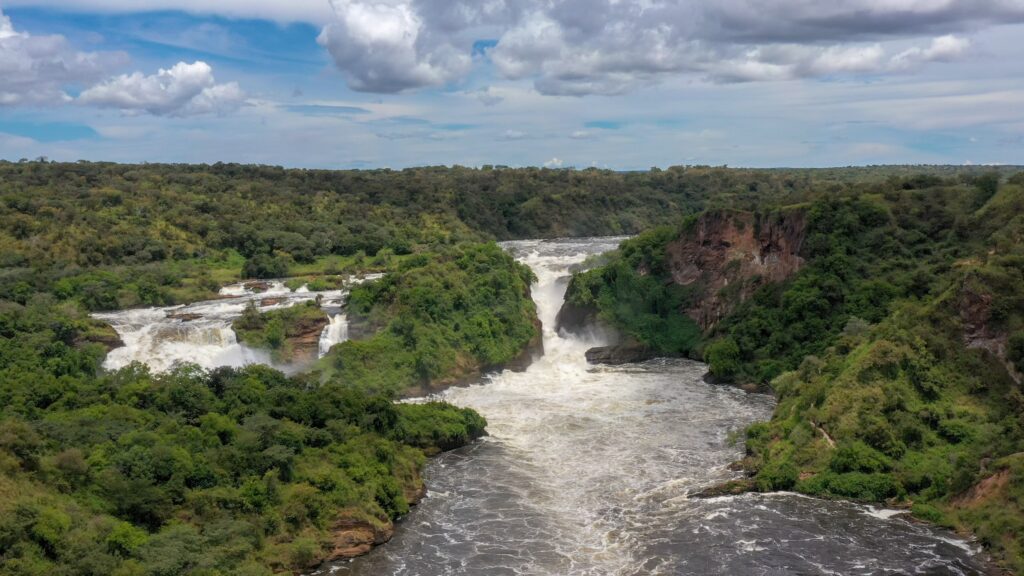
At the heart of Murchison Falls National Park lies the awe-inspiring Murchison Falls themselves, a natural wonder that attracts visitors from around the world. These majestic falls are the result of the Nile River squeezing through a narrow 7-meter gap in the rocks, creating a powerful cascade that plunges down 43 meters. The force of the water crashing down the falls creates a spectacular display of mist and spray, making it a sight to behold.
To witness the grandeur of Murchison Falls up close, visitors can embark on a boat safari along the Nile River. Cruising along the river, you will be treated to breathtaking views of the falls from both upstream and downstream. The boat ride allows you to marvel at the sheer power and beauty of nature as you approach the roaring waters. Be prepared to feel the mist on your face and hear the thunderous sound of the falls, creating an unforgettable sensory experience.
For a more adventurous option, you can also hike to the top of Murchison Falls. The hike takes you through lush vegetation, offering glimpses of wildlife along the way. As you reach the top, you will be rewarded with a panoramic view of the Nile River as it squeezes through the narrow gorge, creating the magnificent waterfall. It is a truly awe-inspiring sight that will leave you in awe of nature’s wonders.
The area around the falls is also a prime spot for wildlife viewing. Keep your eyes peeled for elephants, buffalos, and various antelope species that often gather near the water’s edge to quench their thirst. The falls are also a haven for birdwatchers, with a variety of colorful bird species flying around the area. So, don’t forget to bring your binoculars and camera to capture the vibrant avian life in this stunning setting.
Murchison Falls is not only a sight to behold but also a symbol of the untamed beauty and power of nature. Whether you choose to cruise along the Nile or hike to the top, experiencing the magnificence of Murchison Falls is an absolute must during your visit to the national park. Prepare to be captivated by the sheer force and beauty of this iconic natural wonder, leaving you with memories that will last a lifetime.
Game Drives and Wildlife Spotting
Murchison Falls National Park is a haven for wildlife enthusiasts, offering incredible opportunities for game drives and wildlife spotting. With its diverse ecosystems and abundant wildlife, the park provides an immersive experience that allows visitors to get up close and personal with some of Africa’s most iconic animals.
Embarking on a game drive in Murchison Falls National Park is like stepping into a wildlife documentary. The park is home to an impressive array of wildlife, including lions, elephants, buffalos, giraffes, leopards, hyenas, and various antelope species such as Uganda kob and hartebeest. With the guidance of experienced park rangers, you will have the chance to spot these magnificent creatures in their natural habitat.
The game drives usually take place in the early morning or late afternoon when animals are most active. As you traverse the vast savannah plains and woodland areas, keep your eyes peeled for sightings of predators on the prowl or herds of elephants grazing peacefully. The thrill of spotting wildlife in their natural environment is unparalleled, and the park’s diverse ecosystem ensures that each game drive is a unique and rewarding experience.
One of the highlights of Murchison Falls National Park is the chance to encounter the rare and endangered Rothschild’s giraffes. These majestic creatures, with their distinctive coat patterns and towering presence, can be found in the northern part of the park. Observing these graceful giraffes as they gracefully move through the savannah is a truly remarkable experience.
In addition to the larger mammals, the park is also a bird lover’s paradise, boasting over 450 bird species. From the iconic African fish eagle to the vibrant shoebill stork, birdwatchers will be in awe of the avian diversity that Murchison Falls National Park has to offer. Keep your binoculars handy and listen for the melodic calls of the various bird species that inhabit the park.
To make the most of your wildlife-spotting experience, it is advisable to hire a knowledgeable guide or join a guided safari tour. These experts have an intimate knowledge of the park and its inhabitants, increasing your chances of encountering elusive wildlife and providing valuable insights into their behaviors and habitats.
Whether you are a wildlife enthusiast or simply seeking an unforgettable adventure, the game drives in Murchison Falls National Park are sure to exceed your expectations. Prepare for an exhilarating journey through the park’s diverse landscapes, where every turn may bring you face to face with Africa’s most iconic animals in their natural habitat.
River Cruises: Hippos, Crocodiles, and Birds
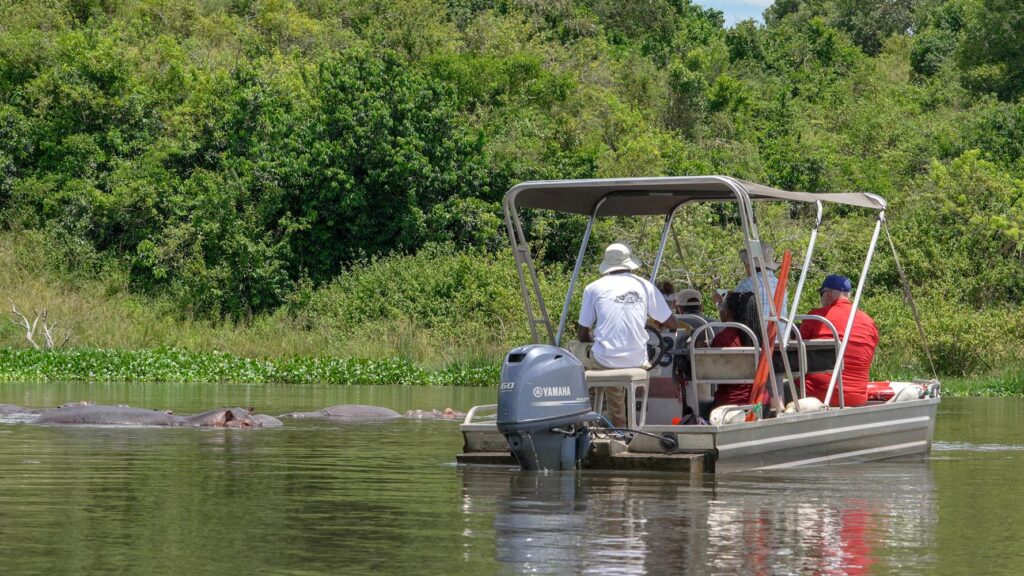
Exploring Murchison Falls National Park wouldn’t be complete without embarking on a boat safari along the iconic Nile River. This unique experience allows you to witness the park’s abundant wildlife from a different perspective and offers a chance to encounter hippos, crocodiles, and a plethora of bird species.
As you glide along the Nile, you’ll find yourself surrounded by the sights and sounds of nature. The riverbanks are home to a large population of hippos, often seen basking in the sun or submerging themselves in the water. These massive herbivores are known for their impressive size and territorial behavior, making for fascinating sightings during your cruise.
Keep a close watch on the river’s edge, as you might spot Nile crocodiles lurking in the shallows. These formidable predators can grow up to six meters in length and are known for their stealthy hunting techniques. Seeing these ancient creatures in their natural habitat is both thrilling and awe-inspiring.
Murchison Falls National Park is also renowned for its vibrant birdlife. During your river cruise, you’ll have the opportunity to spot various bird species, including the majestic African fish eagle, known for its distinctive call and impressive wingspan. Other notable avian residents of the park include kingfishers, herons, cormorants, and the elusive shoebill stork, a bird lover’s dream sighting.
The river cruise not only offers wildlife encounters but also provides breathtaking views of the surrounding landscapes. As you navigate through the river’s channels, you’ll be treated to stunning vistas of the park’s lush vegetation, picturesque islands, and the dramatic Murchison Falls themselves. It’s a perfect opportunity to capture memorable photographs and soak in the beauty of your surroundings.
River cruises in Murchison Falls National Park are typically conducted in sturdy boats or canoes, manned by experienced guides who are knowledgeable about the park’s wildlife and ecosystems. They will provide informative commentary, ensuring that you gain insights into the behavior, habitats, and conservation efforts of the animals you encounter.
Whether you choose a leisurely sunset cruise or an adventurous exploration of the river’s hidden corners, the river cruises in Murchison Falls National Park offer a tranquil and remarkable experience. Prepare to be amazed by the abundant wildlife, stunning scenery, and the serenity that can only be found on the legendary Nile River.
Hiking to the Top of the Falls
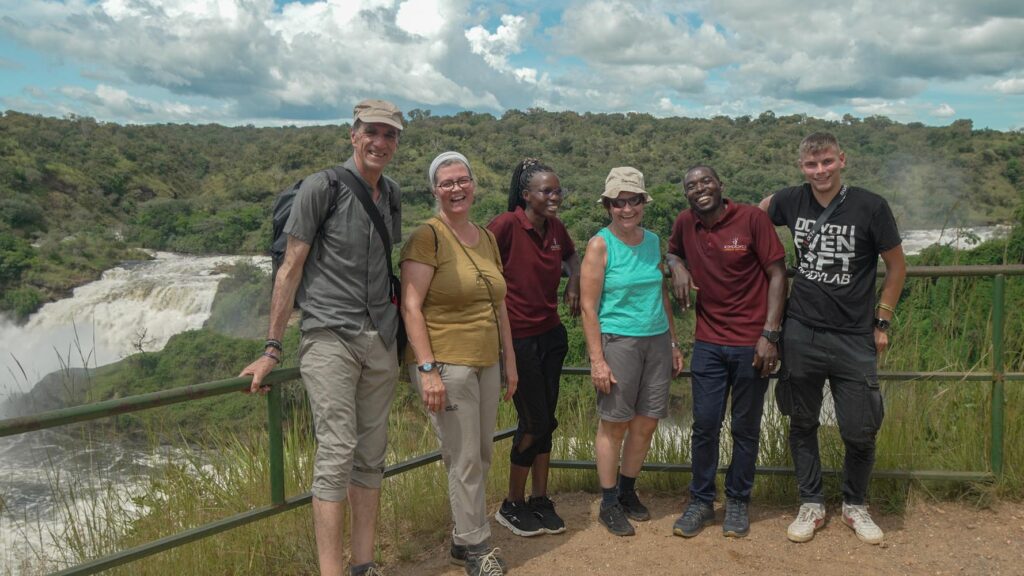
For those seeking a more active and immersive experience, hiking to the top of Murchison Falls is an absolute must. This thrilling adventure takes you on a journey through the park’s rugged terrain, offering breathtaking views and a closer look at the power of the Nile River.
The hike begins at the bottom of the falls, where you’ll follow a well-marked trail that winds its way up through lush vegetation and rocky outcrops. As you ascend, you’ll be surrounded by the sounds of nature, with birds singing and the rushing waters of the Nile echoing in the distance.
The hike to the top of Murchison Falls is a moderate to challenging trek, requiring a reasonable level of fitness and sturdy hiking shoes. The trail can be steep and uneven at times, so it’s important to proceed with caution and follow the guidance of your experienced guide.
Along the way, you’ll have the opportunity to spot wildlife such as monkeys, baboons, and various bird species that call the area home. Your guide will also share interesting facts about the flora and fauna that inhabit the park, adding an educational element to your hike.
As you near the top, the sound of rushing water grows louder, building anticipation for the grand finale. Suddenly, you’ll emerge from the dense vegetation to witness the awe-inspiring sight of the Nile River squeezing through a narrow gorge and plummeting down the 43-meter Murchison Falls. The sheer force and power of the cascading water are truly mesmerizing, creating a mesmerizing spectacle that will leave you in awe.
Take your time to soak in the breathtaking views, capturing photos and videos to remember this extraordinary moment. The mist and spray from the falls create a refreshing atmosphere, providing relief from the hike and a chance to cool down amidst nature’s beauty.
After marveling at the falls, you can retrace your steps back down the trail or, for a different experience, take a boat ride to the bottom of the falls. This allows you to witness the falls from a different perspective and feel the spray on your face as you get up close to the powerful cascade.
Hiking to the top of Murchison Falls is a thrilling and rewarding experience that allows you to connect with nature, witness the raw power of the Nile River, and capture breathtaking views that will stay with you forever. Lace up your hiking boots, pack your sense of adventure, and get ready for an unforgettable journey to the summit of this iconic natural wonder.
Birdwatching Essentials in Murchison Falls
Murchison Falls National Park is a paradise for birdwatchers, boasting an impressive diversity of avian species. With its varied habitats, including savannah, woodland, and riverine areas, the park provides a haven for both resident and migratory birds. Whether you’re a seasoned birder or a beginner, here are some birdwatching essentials to make the most of your experience in Murchison Falls.
Binoculars: A good pair of binoculars is essential for birdwatching. They help you observe birds in detail, allowing you to appreciate their plumage, behavior, and characteristics. Look for binoculars with a wide field of view and good magnification to enhance your birdwatching experience.
Field Guide: Carry a comprehensive bird field guide specific to the region or consult a birding app on your smartphone. These resources will help you identify the different bird species you encounter based on their size, coloration, and distinctive features. Take note of the habitat preferences and distribution patterns of each species to increase your chances of spotting them.
Clothing: Dress in comfortable, neutral-colored clothing that blends with the natural surroundings. This helps you remain inconspicuous and avoid startling the birds. Wearing a hat, sunscreen, and insect repellent is also recommended to protect yourself from the sun and pesky insects.
Time of Day: Birds are most active during the early morning and late afternoon when they forage for food. Plan your birdwatching excursions accordingly to maximize your chances of spotting a variety of species. Additionally, bird calls and songs are more prevalent during these times, making it easier to locate and identify birds by their distinctive vocalizations.
Patience and Silence: Birdwatching requires patience and a quiet approach. Birds are easily startled by loud noises, so maintain a calm and quiet demeanor as you observe them. Take your time to scan the trees, shrubs, and water bodies for movement or flashes of color, as many birds may be camouflaged within their natural habitats.
Local Guides: Consider hiring a local birding guide who is familiar with the park’s avian residents. They possess extensive knowledge of bird identification, behavior, and vocalizations, which can greatly enhance your birdwatching experience. Their expertise and trained eyes will help you spot hidden or elusive species that you might have otherwise missed.
Hotspots: Familiarize yourself with the park’s birding hotspots, such as the Nile River, marshy areas, and forest patches. These areas are known for attracting a wide variety of bird species. Joining a guided birding tour or consulting with local experts can provide valuable insight into the best locations for specific bird sightings.
Remember, birdwatching is not just about ticking off species from a checklist but also about appreciating the beauty and diversity of these winged creatures. Take the time to observe their behaviors, listen to their songs, and immerse yourself in the natural wonders of Murchison Falls National Park. Happy birdwatching!
Cultural Experiences Around Murchison Falls
Murchison Falls National Park not only offers breathtaking natural beauty and wildlife encounters but also provides opportunities to immerse yourself in the rich cultural heritage of the region. Here are some cultural experiences you can explore around Murchison Falls.
Visit the Ziwa Rhino Sanctuary: Located just a short distance from the park, the Ziwa Rhino Sanctuary is a conservation project aimed at reintroducing rhinos to Uganda. Take a guided tour of the sanctuary and learn about the efforts to protect these magnificent creatures. You may even have the chance to see rhinos up close and personal, a rare and thrilling experience.
Explore the nearby communities: Engage with the local communities surrounding Murchison Falls National Park to gain insights into their traditions and way of life. Visit nearby villages and interact with the locals, learning about their customs, livelihoods, and traditional crafts. This cultural exchange allows you to appreciate the rich heritage of the region and support local communities.
Attend a traditional dance performance: Experience the vibrant rhythms and mesmerizing dances of the local tribes by attending a traditional performance. Watch as dancers adorned in colorful costumes showcase their cultural heritage through music, dance, and storytelling. It’s a captivating display of tradition and artistry that will leave you enthralled.
Visit the Boomu Women’s Group: The Boomu Women’s Group is a community-based organization that empowers local women through various income-generating activities. Take a guided tour of their village and engage in activities such as traditional cooking, crafts, and farming. This immersive experience allows you to support the local community while learning about their sustainable practices.
Explore the Mubako Cultural Camp: Located on the outskirts of the park, the Mubako Cultural Camp provides a unique opportunity to experience the culture and traditions of the Alur people. Participate in traditional activities such as cooking, craft-making, and storytelling. You can also enjoy cultural performances and learn about the history and customs of the Alur people.
Taste traditional cuisine: Delight your taste buds with traditional Ugandan cuisine by sampling local dishes. Try staple foods like matooke (steamed green bananas) and groundnut sauce, or adventurous delicacies like roasted grasshoppers. Engaging in the local culinary scene is a tasty way to immerse yourself in the culture of the region.
Visit the Murchison Falls National Park Visitors’ Center: The visitors’ center within the park provides educational exhibits on the history, geography, and cultural significance of Murchison Falls National Park. Learn about the diverse ethnic groups in the area, their traditions, and the importance of conservation efforts in preserving the park’s natural and cultural heritage.
By exploring the cultural experiences around Murchison Falls, you’ll gain a deeper appreciation for the region’s history, traditions, and community initiatives. These encounters provide a well-rounded experience that combines the wonders of nature with the rich tapestry of human culture. Embrace the opportunity to connect with the vibrant local communities and create lasting memories of your journey to Murchison Falls National Park.
Accommodation: From Luxury to Budget
Murchison Falls National Park offers a range of accommodation options to suit every traveler’s needs and preferences, from luxury lodges to budget-friendly campsites. Here are some of the accommodation choices available within or near the park.
Luxury Lodges: For those seeking a luxurious and indulgent experience, there are several high-end lodges located within the park. These lodges offer spacious and well-appointed rooms or private cottages, often with stunning views of the park or the Nile River. They provide exceptional amenities, including swimming pools, spa facilities, gourmet dining options, and personalized services.
Mid-Range Lodges: Mid-range lodges provide comfortable accommodation options at more affordable prices. These lodges offer well-equipped rooms or cottages with en-suite bathrooms and basic amenities. They may also provide on-site dining options, swimming pools, and guided safari activities, ensuring a memorable and enjoyable stay.
Tented Camps: Tented camps offer a unique and immersive experience, allowing you to connect with nature while still enjoying comfortable accommodations. These camps provide spacious tents with proper beds, private bathrooms, and basic amenities. Falling asleep to the sounds of the wilderness and waking up to beautiful sunrise views are some of the highlights of staying in a tented camp.
Budget Campsites: If you’re on a budget or prefer a more adventurous experience, there are budget campsites available within or near the park. These campsites provide basic facilities such as shared bathrooms, cooking areas, and sometimes even tents for rent. It’s an ideal option for those who enjoy camping and want to be closer to nature without compromising on the experience.
Community-owned Lodges: In recent years, community-owned lodges and eco-lodges have emerged as a sustainable and socially responsible accommodation choice. These lodges are often operated by local communities, providing employment opportunities and contributing to conservation efforts. Staying at a community-owned lodge allows you to support local initiatives while immersing yourself in the local culture and traditions.
When planning your visit to Murchison Falls National Park, it’s advisable to book your accommodation in advance, especially during peak seasons. Consider your preferences, budget, and desired level of comfort when choosing your accommodation option. Each option offers a unique experience, but they all provide a base for you to explore and appreciate the wonders of Murchison Falls National Park.
Remember, regardless of the accommodation you choose, the real highlight of your stay will be the wildlife encounters, breathtaking landscapes, and unforgettable experiences that Murchison Falls National Park has to offer.
Best Time to Visit for Wildlife and Scenery
When planning your visit to Murchison Falls National Park, it’s important to consider the best time to maximize your wildlife sightings and enjoy the stunning scenery that the park has to offer. Here are some factors to consider when determining the ideal time to visit.
Dry Season (December to February, June to September):
The dry season is considered the best time to visit Murchison Falls National Park. During this period, the vegetation is less dense, making it easier to spot wildlife as they gather around water sources. The scarcity of water also forces animals to congregate around the Nile River, increasing your chances of spotting a diverse range of species.Wildlife Viewing:
The dry season offers excellent wildlife viewing opportunities, as animals tend to gather around permanent water sources, such as the Nile River. The grass is shorter, making it easier to spot animals, including lions, elephants, giraffes, buffalos, and various antelope species. Birdwatching is also fantastic during this time, as migratory birds arrive in the park.Scenic Beauty:
To witness the park’s scenic beauty at its finest, consider visiting during the wet season (March to May, October to November). The landscape is lush and green, with flowering plants and vibrant vegetation, creating a picturesque backdrop for your safari. The water levels in the Nile River are higher, enhancing the dramatic beauty of Murchison Falls and providing a different perspective to the park.Migratory Birds:
If birdwatching is your main focus, consider visiting during the wet season when migratory birds from Europe and northern Africa arrive in the park. This time offers a unique opportunity to observe a wider variety of bird species, with the wetlands and riverbanks teeming with avian life.Crowd Levels:
Crowd levels can vary depending on the time of year. The dry season, especially from June to September, tends to be more popular, meaning there may be more tourists visiting the park. If you prefer a quieter experience, consider visiting during the shoulder seasons, such as March to May or October to November, when there are fewer visitors.
Ultimately, the best time to visit Murchison Falls National Park depends on your specific preferences, whether it’s optimal wildlife sightings, lush scenery, or a quieter experience. Regardless of the season, the park’s natural beauty and abundant wildlife will leave you captivated and make for an unforgettable adventure.
Want to learn more about traveling to Uganda? Get in touch with the expert team at Kikooko Africa Safaris.

